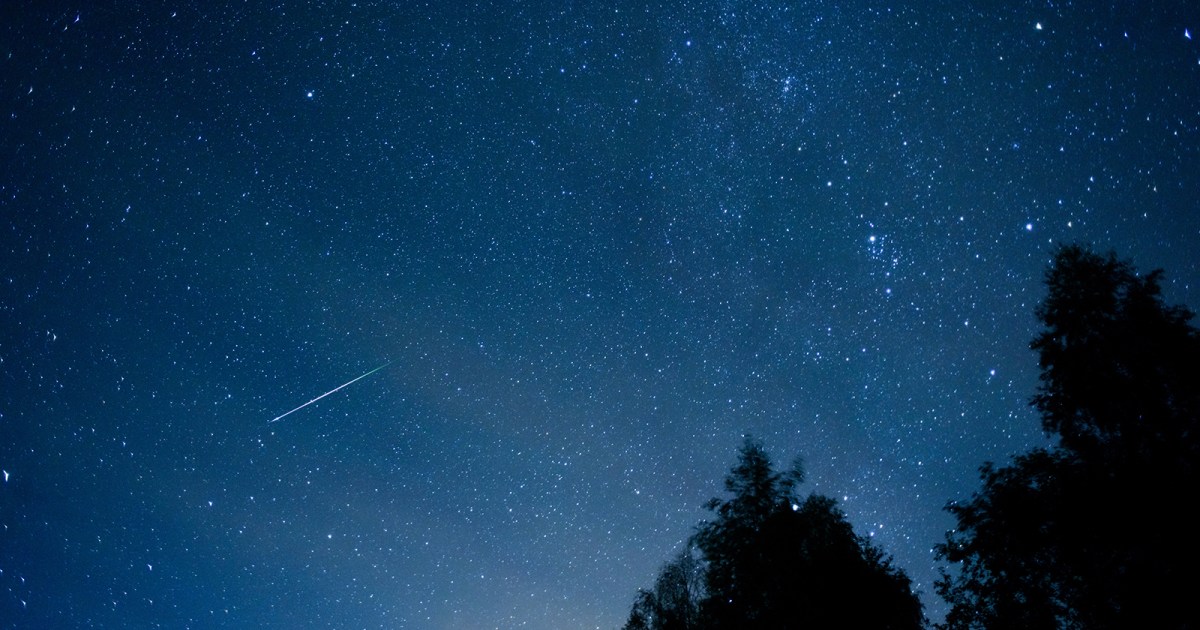NASA is back with its monthly update of fun stuff to spot in the sky over the coming weeks — and April offers plenty to enjoy.
Mercury
While even the most occasional skywatchers will no doubt have spotted Jupiter, Mars, and Venus at one time or another, the early part of April offers an excellent chance to pick out Mercury, the closest planet to our sun.
The smallest and fastest-moving planet in our solar system, Mercury will reach its highest and most visible point in the evening sky on April 11, NASA said in a video (above) posted on Saturday.
The space agency explained that Mercury, which will come into view on April 3, is only visible in the sky for a few weeks every three to four months because the rest of the time it gets lost in the glare of the sun.
Venus
The bright light of Venus will also be viewable on April 11. It’ll appear beside the Pleiades star cluster, both of which can be seen together, in the same field of view, through a pair of binoculars.
“This pairing makes for a fun reminder that the night sky is kind of like a time machine; the farther out into space you look, the farther back in time you’re seeing,” NASA said in the video. “On that night you’re seeing light that left Venus about nine minutes earlier, whereas the light of the Pleiades left those stars around 400 years ago.”
Moon and planets
Later this month, you can also enjoy close approaches of the moon with the planets Saturn (April 15 and 16), Venus (April 23), and Mars (April 25).
Lyrid meteor shower
April is a good chance to check out the Lyrids, a medium-strength meteor shower that can produce up to 20 meteors per hour.
The Lyrids will peak in the pre-dawn hours of April 23, though a few shooting stars should also be viewable on the morning before and after the peak.
This one of the oldest known meteor showers, NASA said, with the first recorded sighting occurring in China around 2,700 years ago.
It involves fast-moving meteors that lack persistent trails, though occasionally you should be able to spot very bright meteors that really stand out.
To give yourself the best chance of spotting the Lyrids, head to a location well away from light pollution. “You’ll see the most meteors by looking slightly away from the origin point, which is near the bright star Vega,” NASA said.
Need help picking out the planets and stars in the night sky? Then download one of these excellent astronomy apps, most of which include AR features that make it easy to understand what it is you’re looking at.
Editors’ Recommendations

